If you want to get technical about it, flank steak isn’t actually a steak at all. In fact, this sort-after cut of meat comes from the belly muscles of a cow, and in my opinion - is one of the tastiest cuts around.
It may be tough, but once you master the cooking technique, flank steak becomes tender and very much desirable.
In this article, I’m going to let you in on all the secrets the sacred flank steak holds, as well as what to look for when buying and what to do when you finally get it home.
I’ve cooked quite a few flank steaks in my time, and it’s safe to say it’s become a popular cut in my household. So with all that said, let’s get into all things flank steak.
Quick Summary
- Flank steak comes from the cow's lower chest or abdominal muscle, known for being tough but flavorful, inexpensive, and versatile.
- When buying flank steak, look for a deep red color without too much fat, and be aware that it might be labeled under different names like "London Broil" or "Bavette Steak."
- A 2020 study in the National Library of Medicine identified 17 amino acids with significant abundance differences between the steak types, notably Gly, Cys, Ile, Lys, and Pro, and revealed 128 differentially expressed proteins that contribute to the biochemical foundation of beef quality, particularly in flank steak [1].
- Cooking flank steak can be done quickly by grilling or broiling, or slowly by braising.
What Is Flank Steak?

Just as the name suggests, flank steak comes from the cow’s flank, on the lower chest or abdominal muscle.
It’s tough compared to other cuts of beef since this muscle works a lot - helping the cow walk and twist.
This cut of beef is super flavorful, inexpensive, and versatile. One end of the steak measures around one inch thick, tapering down to about half the size on the tinner end.
Typically it’s about a foot long and is cooked whole compared to other steaks, which are usually divided.
Despite being surrounded by fat, flank steak comes from a lean muscle. Therefore you may find some fat on the thinner side of the steak.
Buying Flank Steak
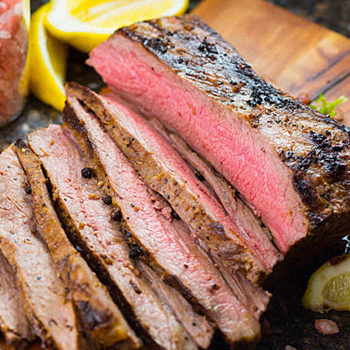
Flank steak is among the least popular types of steak in the US. In 2020, fresh ground beef comprised 40% of all beef retail sales, while sirloin beef accounted for just 6%, and flank steak made up less than 1% of total beef sales in the United States [2].
When it comes to buying flank steak, you’ll have to know what you’re looking for so you don't end up with an entirely different cut of beef.
Compared to meat such as the Ribeye steak or an N.Y Strip, the flank steak appears to be a much deeper red.
You’ll also be able to see long strands running through the entire length of the steak. This is muscle fiber.
However, despite its popularity and great flavor, it can be quite difficult to come by at the meat counter. Thankfully we came up with some awesome flank steak substitutes if you ever find yourself in such a situation.
When purchasing your flank steak, you should pay attention to the following:
- If the steak is brown, it means the beef has been exposed to air for too long
- If the beef flank steak has too much fat, it means the cut has not been trimmed properly, so you should avoid that too
- You can usually pick up flank steak at grocery stores that have a large meat section
- If you’d prefer to buy it at a butcher, you may need to call ahead of time to ensure it is available
- Steak flank is typically sold by the pound, and the weight varies between 1 - 4 pounds
- When it comes to cooking flank steak, it’ll benefit you if you pick up a steak that’s pretty equal in thickness. This will avoid overcooking at one side
Recommended Article: Top Places to Buy Prime Steaks
Alternative Names
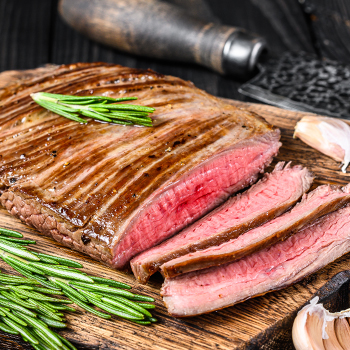
If you’re standing in the grocery store, looking at all the cuts of meat wondering “where on earth is the flank steak?” chances are it’s labeled under a different name.
It’s rather common for the flank steak to be referred to as “London Broil.”
It’ll either be labeled as the London Broil on a menu or in the grocery store.
That’s why it’s super important to know what you’re looking for before you go out to buy a flank steak.
Sometimes, it may be referred to as a “Flank Steak Fillet” or a “Jiffy Steak.” “Bavette Steak” is also a popular name in ethnic supermarkets, as well as “Arrachera.”
Many countries love a good ol’ flank steak, so the name varies depending on the language/area.
If you’re ever in doubt, you can always give any of these common names to the butcher or person at the meat counter. Chances are they’ll have a good idea what you’re referring to.
What Does Flank Steak Taste Like?

Before you buy and cook flank steak, it’s a good idea to know what it tastes like - or should taste like for that matter.
What flank steak lacks in the silky and fatty mouthfeel of more premium beef, it makes up for in a rich and assertive flavor profile.
The beefy flavor of a flank steak is next to none, and it truly is the highlight of this flavorful cut of beef.
When it comes to grilling your flank steak, I highly recommend you marinate your beef.
Marinated flank will allow you to enjoy flavors such as soy sauce, Worcestershire sauce, citrus, fruit juice, mustard, wine, and other wonderful notes used to tenderize the steak before grilling.
How To Cook Flank Steak
Flank steak is a rather versatile cut, you can either throw it on the grill and cook it low and slow or grill it hot and fast.
The aim is to remove the connective tissues inside the meat. You can do this two ways: cutting the steak into thin slices, breaking them down with moisture and heat.
Take a look at the following cooking methods and choose which one takes your fancy:
Quick Cooking (Broiling And Grilling)

If you don’t have much time on your hands, you can actually cook up your meat within a few minutes.
All you need to do is fire up your charcoal grill and whack your steak high heat, searing either side of the steak.
No one likes a chewy steak, so you’ll not want to cook it past medium rare to keep it tender.
As always, you should leave your steak to rest for 10 minutes or so before you decide to cut it.
Top tip: always cut your steak across the grain, and avoid holding your knife straight.
Slicing your meat with the grain will only result in a super chewy, unpleasant texture. To achieve the best texture, keep it thinly sliced.
As I mentioned before, marinating your flank for 12 - 24 hours can greatly improve the flavor and help tenderize. However, doing so may result in less of a crispy outside.
Alternatively, you can simply season the steaks with salt and pepper plus your chosen meat rub. When it comes to tenderizing, you can do so with your hands or a tenderizing hammer.
This method is great for stir-fries recipes, Mexican fajitas, and any other dishes that require beef strips.
Braised Low And Slow
Another way to prepare the flank is to braise the cut. First, you’ll have to cut the steak into 4 - 5 portions.
You can then go ahead and tenderize them using your hands or a tenderizing hammer.
Once your steak is ready for cooking, you can pop it on a deep skillet, ensuring it’s grilled until brown.
Once you’ve done so, add your favorite flank steak marinade and simmer for 2 - 3 hours (or whatever your particular recipe calls for.)
I recommend the following flank steak marinade:
- 2 garlic cloves
- 2 tablespoons of red wine vinegar
- ⅓ cup of extra virgin olive oil
- ¼ cup of honey
- ⅓ cup of soy sauce
- ½ teaspoon of freshly ground black pepper
- A few drops of lime juice
Flank Steak Or Skirt Steak?

If you can’t get your hands on some tasty flank steak, you can always go with some skirt steak to fill the void. Skirt steak is cut from nearby diaphragm muscles and has a very similar texture.
Skirt steaks have a larger fat content compared to flank, therefore the taste will be slightly richer. Similar to flank, it should be cooked on high heat and served medium rare.
“Flank steak stands up well against tangy sauces and dressings, so it works great in salad, for example.”
- Ali Rosen, Today’s Writer
Recipes wise, it’s great for fajitas, tacos, stir fries, and any other similar recipes you can conjure up this grilling season.
After you’ve grilled up a storm, slice your skirt against the grain to ensure it stays nice and tender.
For more information, feel free to check out our skirt steak vs flank steak blog post.
Best Flank Steak Dishes
As I mentioned, flank is an extremely versatile cut.
You can cook it in various ways:
- Grilled with a bit of salt and pepper
- Whipping up a marinade and letting it sit for a couple of hours on your grill
- Getting your marinated meat grilled and cooked quickly
When you’re creating a braised dish, you could try fajitas, Asian curries, roulades - let your imagination run wild.
However you decide to grill and eat this lean cut, we can all agree it’s delicious - marinated or not.
References:
- https://pubmed.ncbi.nlm.nih.gov/31963250/
- https://www.statista.com/statistics/539773/advertised-beef-brisket-prices-us/


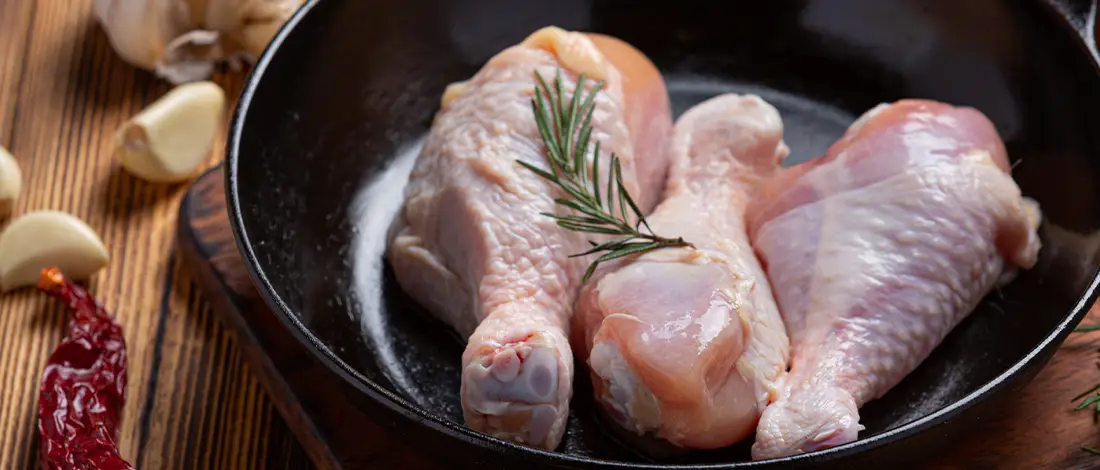
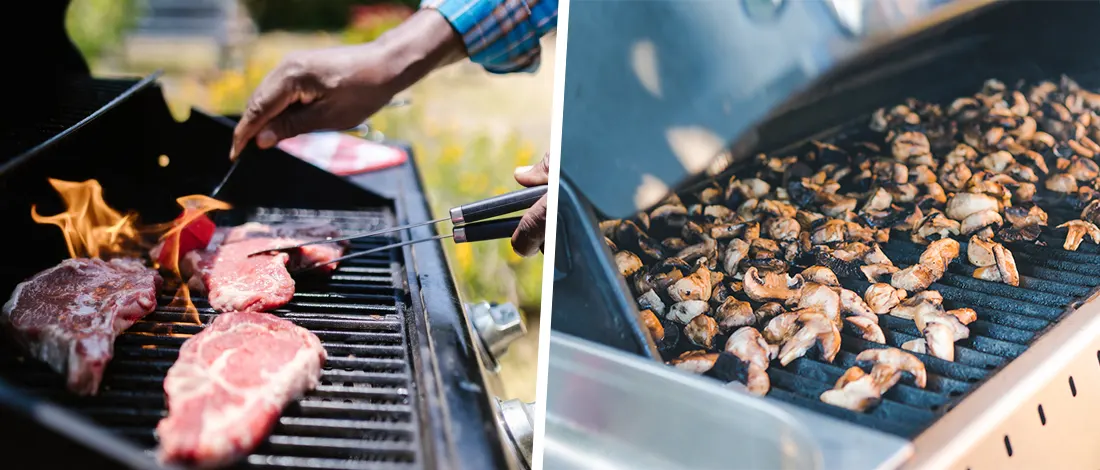

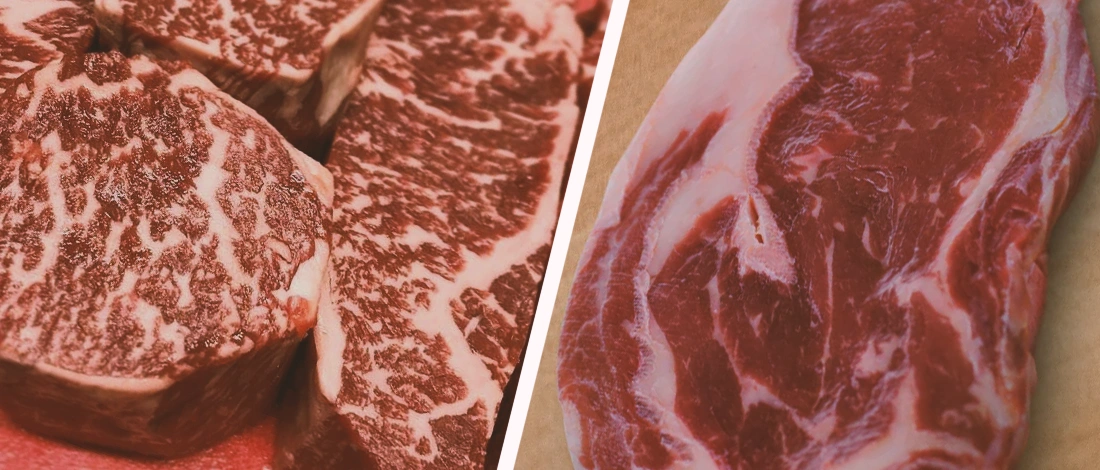

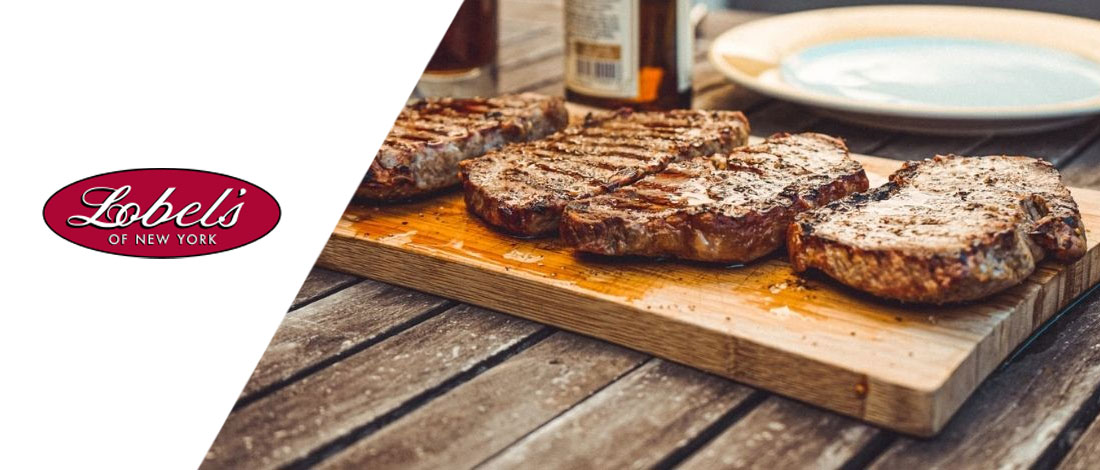

Ive always been curious about flank steak but wasn’t sure how to cook it properly. The tips you provided on marinade and cooking methods are super helpful. I’m definitely going to try it out this weekend. Thanks for the recommendations on where to buy too.